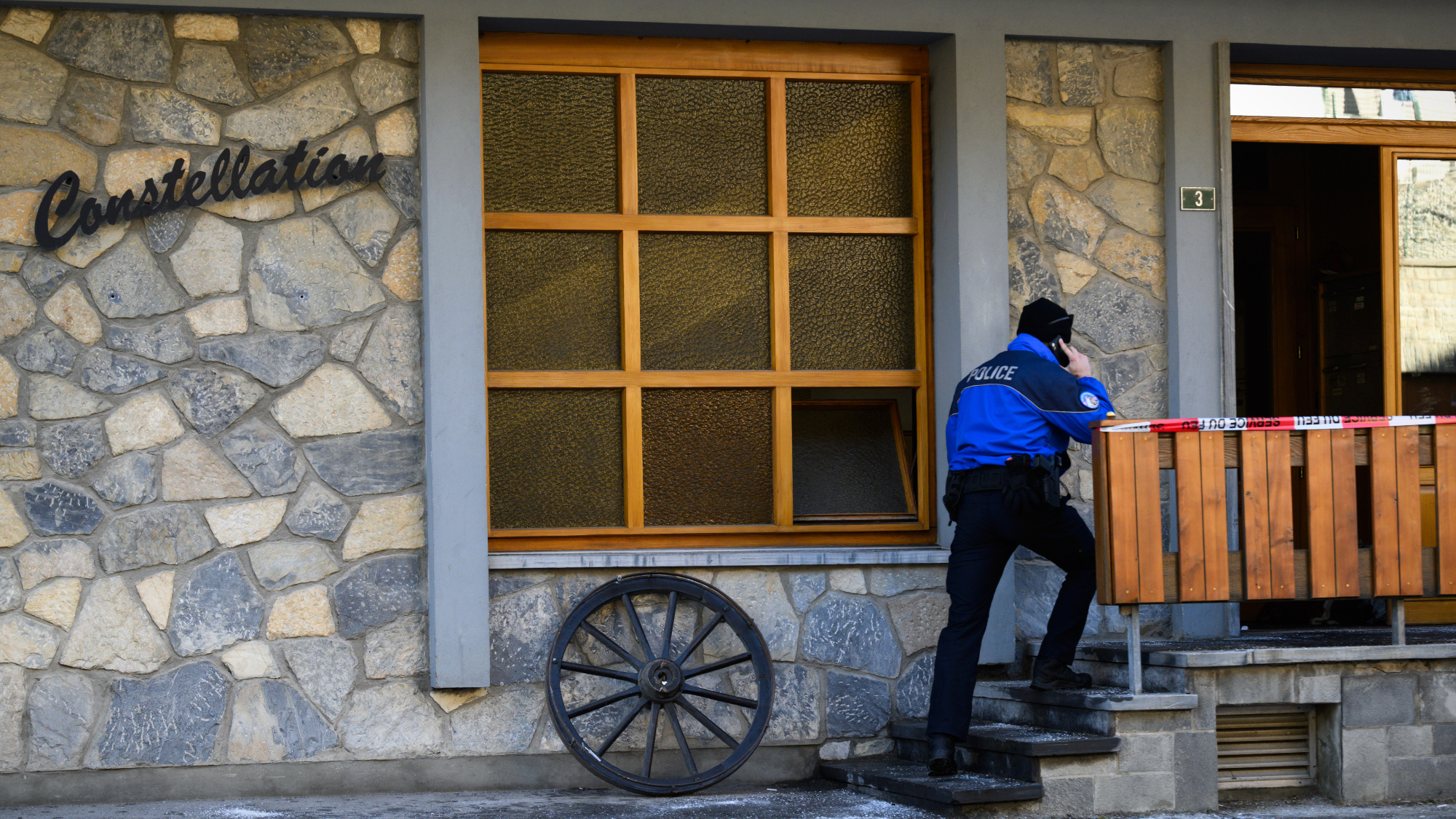Bridge collapses: More to come?
Every day we “drive on bridges, overpasses, and viaducts that we assume must be safe.”
Every day we “drive on bridges, overpasses, and viaducts that we assume must be safe,” said David Cay Johnston in TheDailyBeast.com. Last week, we were reminded twice that our “trust is badly misplaced.” In Skagit, Wash., a 160-foot section of the four-lane steel-truss bridge of Interstate 5 collapsed, after a truck bumped into its aging trusses, causing several vehicles to plunge 25 feet into the ice-cold waters below. Miraculously, no one was killed. Just days after that, a Missouri highway overpass collapsed when two trains collided, injuring seven. Put simply, our nation’s aging infrastructure is crumbling. Every day, 200 million Americans cross bridges that have exceeded their design life or have been found structurally deficient. Overall, the American Society of Civil Engineers (ASCE) has given the nation’s highway bridges a grade of C+. As the Skagit bridge collapse showed, an obsolete bridge can fail without warning. “It’s just a matter of time before we have more such disasters.”
It may take a lot of disasters to change Congress’s mind, said Abby D. Phillip in ABCNews.com. The Federal Highway Administration says we’d have to spend about $90 billion in additional funds every year to bring roads and bridges up to safety standards, but congressional Republicans aren’t in a spending mood. They recently rejected President Obama’s request for a modest $50 billion to rebuild roads and bridges, dismissing it as “an unfunded wish list.” Historically, states and local governments have paid for most infrastructure repair, said Brad Plumer in WashingtonPost.com. But since the economic downturn in 2008, they have pulled way back on spending. California, for example, cut transportation spending 31 percent between 2007 and 2009.
Despite these budget pressures, said Derek Thompson in TheAtlantic.com, simply ignoring the problem is very shortsighted. America’s 607,380 bridges have an average age of 42 years, and the need to repair or replace them isn’t going away. Right now, the government can borrow money at “bargain-basement” interest rates of about 1 percent—the lowest in our nation’s history. So here’s our choice, said Johnston in TheDailyBeast.com.We can fund a major reconstruction program, and in the process put tens of thousands of the still-unemployed back to work. Or we can wait for more collapses. “Why put off until tomorrow what is cheaper to do today?”
The Week
Escape your echo chamber. Get the facts behind the news, plus analysis from multiple perspectives.

Sign up for The Week's Free Newsletters
From our morning news briefing to a weekly Good News Newsletter, get the best of The Week delivered directly to your inbox.
From our morning news briefing to a weekly Good News Newsletter, get the best of The Week delivered directly to your inbox.
A free daily email with the biggest news stories of the day – and the best features from TheWeek.com


